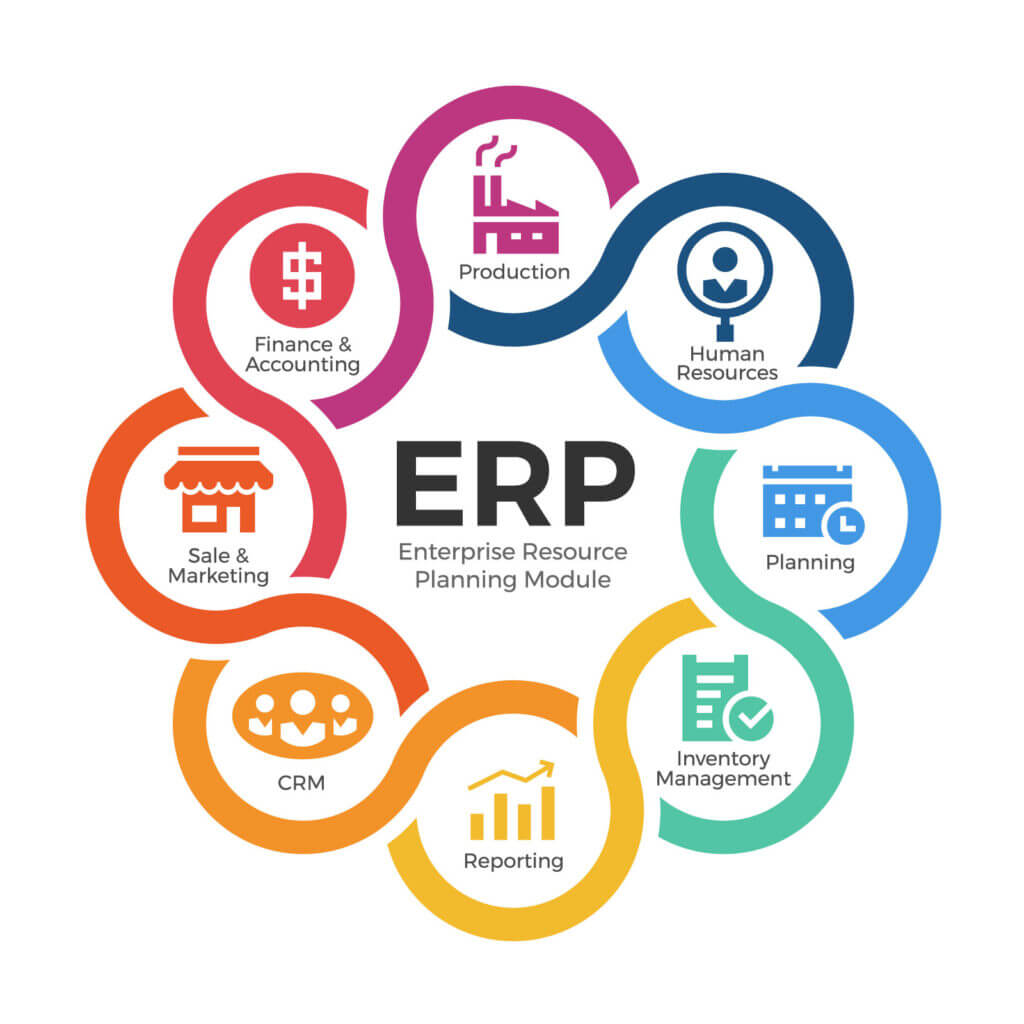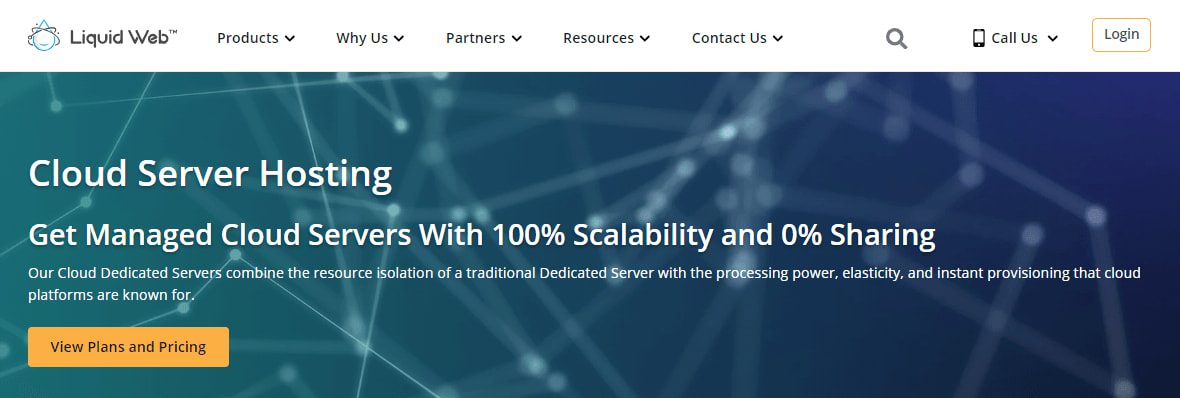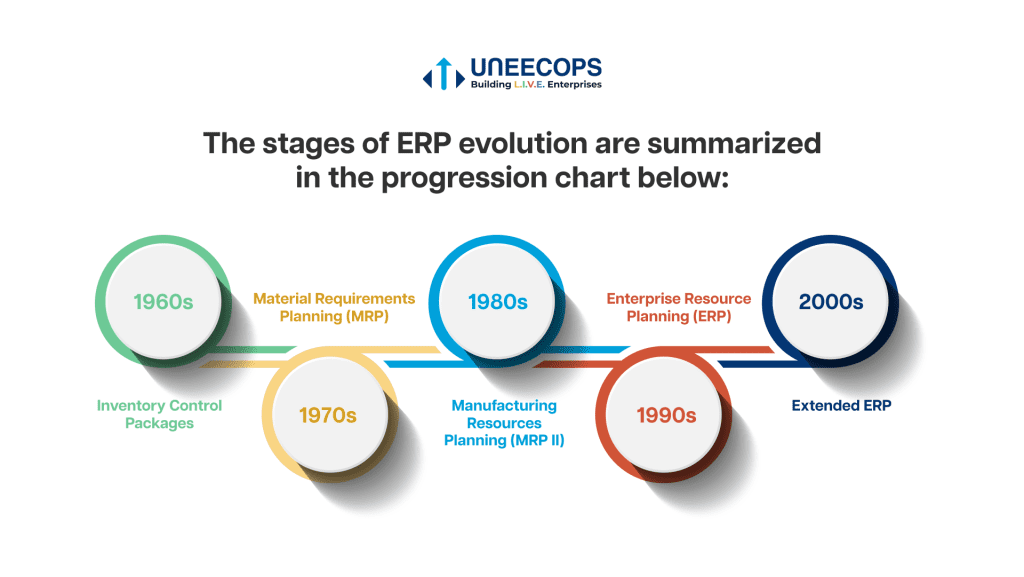Exploring the Benefits of ERP with Sage Intacct
Exploring the Benefits of ERP with Sage Intacct
Welcome, fellow readers! Today, we will dive into the world of ERP (Enterprise Resource Planning) with a focus on the benefits of using Sage Intacct. ERP systems are essential for streamlining business processes and increasing efficiency, and Sage Intacct is a leading player in the market. Join us as we explore the various advantages that come with utilizing ERP software like Sage Intacct, and discover how it can revolutionize your organization’s operations.
Overview of ERP Sage Intacct
ERP Sage Intacct is a cloud-based accounting software designed for small to medium-sized businesses. It offers a wide range of features to help businesses manage their finances, streamline processes, and make strategic decisions. With its user-friendly interface and customizable dashboards, ERP Sage Intacct is a popular choice for growing companies looking to improve their financial management.
One of the key benefits of ERP Sage Intacct is its scalability. As businesses grow and evolve, they need a financial management solution that can grow with them. ERP Sage Intacct is designed to scale easily, allowing businesses to add new users, modules, and features as needed. This flexibility makes it a valuable tool for businesses of all sizes, from startups to established corporations.
Another advantage of ERP Sage Intacct is its automation capabilities. By automating routine tasks such as data entry, invoicing, and reporting, businesses can save time and reduce errors. This not only increases efficiency but also improves the accuracy of financial data, helping businesses make more informed decisions.
ERP Sage Intacct also offers powerful reporting and analytics tools. Businesses can generate detailed reports on their financial performance, budgeting, and forecasting, giving them valuable insights into their operations. With real-time data and customizable dashboards, businesses can track key metrics and identify trends, allowing them to make proactive decisions to drive growth and profitability.
Additionally, ERP Sage Intacct integrates seamlessly with other business applications, such as CRM software, payroll systems, and e-commerce platforms. This integration simplifies workflows, eliminates duplicate data entry, and ensures data consistency across systems. By connecting different parts of the business, ERP Sage Intacct helps businesses improve collaboration, communication, and decision-making.
Overall, ERP Sage Intacct is a comprehensive financial management solution that offers flexibility, automation, and powerful reporting capabilities. With its user-friendly interface, scalability, and integration options, it is an ideal choice for businesses looking to streamline their financial operations and make more strategic decisions. Whether you are a small startup or a growing enterprise, ERP Sage Intacct can help you manage your finances more effectively and drive business growth.
Key Features of ERP Sage Intacct
ERP Sage Intacct is a powerful cloud-based accounting software that offers a wide range of features to help businesses streamline their financial processes. Here are some key features that make ERP Sage Intacct a popular choice for businesses:
1. Financial Management: ERP Sage Intacct provides comprehensive financial management tools that allow businesses to track and manage their finances more effectively. This includes features such as general ledger, accounts payable, accounts receivable, cash management, and financial reporting. With ERP Sage Intacct, businesses can easily keep track of their financial transactions, analyze their financial performance, and make informed decisions.
2. Time and Expense Management: One of the standout features of ERP Sage Intacct is its robust time and expense management capabilities. This feature allows businesses to easily track employee time and expenses, automate approval processes, and ensure accurate billing. With ERP Sage Intacct, businesses can streamline their time and expense tracking processes, save time on administrative tasks, and improve overall efficiency.
3. Project Accounting: ERP Sage Intacct offers project accounting tools that help businesses manage their projects more effectively. From tracking project expenses and revenues to managing project budgets and invoicing clients, ERP Sage Intacct provides businesses with the tools they need to stay on top of their projects. With real-time project visibility and reporting, businesses can make better decisions and ensure the success of their projects.
4. Revenue Recognition: ERP Sage Intacct simplifies revenue recognition processes for businesses, helping them comply with accounting standards such as ASC 606 and IFRS 15. With automated revenue recognition calculations, businesses can ensure accurate revenue recognition, reduce errors, and improve compliance. ERP Sage Intacct also provides detailed revenue recognition reports and dashboards for better insight into revenue performance.
5. Multi-Entity Management: For businesses with multiple entities or locations, managing finances can be complex. ERP Sage Intacct offers multi-entity management capabilities that allow businesses to consolidate financial data, streamline intercompany transactions, and track performance across entities. With multi-entity management, businesses can gain a holistic view of their organization and make strategic decisions to drive growth.
6. Customizable Reporting: ERP Sage Intacct provides powerful reporting and analytics tools that allow businesses to create custom reports, dashboards, and KPIs to suit their specific needs. With real-time data visibility, businesses can gain insights into their financial performance, identify trends, and make data-driven decisions. ERP Sage Intacct’s customizable reporting features empower businesses to track the metrics that matter most to them.
7. Integration Capabilities: ERP Sage Intacct integrates seamlessly with a variety of third-party applications, such as CRM systems, payroll software, and expense management tools. This integration capability allows businesses to streamline their workflows, eliminate manual data entry, and improve overall efficiency. With ERP Sage Intacct’s integration capabilities, businesses can easily connect different systems and access real-time data across their organization.
Overall, ERP Sage Intacct offers a comprehensive suite of features that help businesses manage their finances more effectively, make informed decisions, and drive growth. With its cloud-based platform, intuitive interface, and powerful capabilities, ERP Sage Intacct is a valuable tool for businesses looking to streamline their financial processes and achieve success.
Benefits of Implementing ERP Sage Intacct
Implementing ERP Sage Intacct can bring numerous benefits to your business. Below are some of the key advantages of integrating this software into your operations:
1. Increased Efficiency: ERP Sage Intacct streamlines your financial processes and eliminates manual data entry, reducing the chances of errors. With automation features, tasks such as invoicing, reporting, and financial consolidation can be done faster and more accurately, saving time and resources.
2. Improved Visibility: One of the main benefits of implementing ERP Sage Intacct is the enhanced visibility it provides into your business operations. With real-time dashboards and reports, you can easily track key performance indicators, monitor financial health, and make informed decisions based on accurate data.
3. Scalability and Flexibility: ERP Sage Intacct is a cloud-based solution that offers scalability and flexibility to adapt to your business needs. Whether you are a small startup or a large enterprise, the software can grow with your business and accommodate changes in your operations. Additionally, you can choose specific modules and features that are relevant to your industry, customizing the software to meet your unique requirements.
Moreover, ERP Sage Intacct is designed to integrate with other systems and applications, allowing you to connect different tools and streamline processes across departments. This seamless integration helps improve communication and collaboration within your organization, leading to increased productivity and efficiency.
4. Cost-Effectiveness: By streamlining processes and improving efficiency, ERP Sage Intacct can help reduce operational costs in the long run. The software eliminates the need for manual data entry and reduces the risk of errors, saving time and resources. Additionally, with accurate financial data and reporting, you can make better financial decisions that can help increase revenue and profitability.
5. Compliance and Security: ERP Sage Intacct is designed to meet industry standards and compliance requirements, ensuring that your financial data is secure and protected. The software provides robust security features such as data encryption, access controls, and audit trails to safeguard your sensitive information. With automated compliance checks and regulatory updates, you can rest assured that your business is meeting all necessary regulations and standards.
In conclusion, implementing ERP Sage Intacct can bring significant benefits to your business, from increased efficiency and visibility to scalability and cost-effectiveness. By leveraging the features and capabilities of this software, you can streamline processes, improve decision-making, and drive growth in your organization.
Implementation Process of ERP Sage Intacct
Implementing an ERP system like Sage Intacct can be a daunting task, but with proper planning and execution, it can be a smooth and successful process. The implementation process typically involves the following steps:
1. Planning and Preparation: The first step in implementing ERP Sage Intacct is to create a detailed plan outlining the goals, objectives, timeline, and budget for the project. This phase also involves identifying key stakeholders, assembling a project team, and conducting a thorough analysis of the organization’s current processes and systems to determine how the new ERP system will fit in.
2. System Configuration: Once the planning phase is complete, the next step is to configure the Sage Intacct system according to the organization’s specific requirements. This involves setting up the chart of accounts, creating customized reports, and configuring workflows and user permissions. The system configuration phase is crucial as it lays the foundation for how the ERP system will operate within the organization.
3. Data Migration: One of the most critical steps in the implementation process is migrating data from the organization’s legacy systems to ERP Sage Intacct. This involves transferring historical financial data, customer records, product information, and other relevant data accurately and efficiently. Data migration is a complex process that requires careful planning, mapping, and validation to ensure that all data is transferred successfully and without any errors.
4. Training and Change Management: Training and change management are essential components of a successful ERP implementation. Once the Sage Intacct system is configured and data is migrated, employees need to be trained on how to use the new system effectively. Training sessions should cover how to navigate the system, enter data, run reports, and troubleshoot common issues. Additionally, organizations should implement change management strategies to help employees adapt to the new system and processes. This may include communication plans, feedback mechanisms, and ongoing support to address any challenges or resistance to change.
5. Testing and Quality Assurance: Before fully deploying ERP Sage Intacct, organizations should conduct comprehensive testing to ensure that the system functions as intended and meets the organization’s requirements. This includes testing different scenarios, workflows, and integrations to identify and address any issues or bugs. Quality assurance processes help minimize risks and ensure that the system is ready for go-live.
6. Go-Live and Post-Implementation Support: The final step in the implementation process is to go live with ERP Sage Intacct. This involves transitioning from the old system to the new system, monitoring performance, and providing support to end-users as they start using the new system in their day-to-day operations. Post-implementation support is crucial to address any issues, optimize system performance, and ensure that the organization realizes the full benefits of ERP Sage Intacct.
Overall, the implementation process of ERP Sage Intacct requires careful planning, collaboration, and attention to detail to ensure a successful transition to a new system. By following these steps and engaging key stakeholders throughout the process, organizations can streamline operations, improve efficiency, and drive growth with ERP Sage Intacct.
Case Studies of Companies Using ERP Sage Intacct
ERP Sage Intacct is being used by a wide range of companies across various industries. Let’s take a look at some case studies of companies that have successfully implemented ERP Sage Intacct:
1. **Company A**: Company A is a mid-sized manufacturing company that was facing challenges with manual accounting processes and inefficient financial reporting. After implementing ERP Sage Intacct, the company saw significant improvements in its financial management processes. With real-time visibility into financial data, Company A was able to make more informed business decisions and streamline its accounting operations.
2. **Company B**: Company B is a growing technology startup that needed a scalable and flexible financial management solution to support its rapid expansion. ERP Sage Intacct provided Company B with a cloud-based platform that could easily adapt to its changing business needs. With features like automated invoice processing and customizable financial reports, Company B was able to improve efficiency and drive business growth.
3. **Company C**: Company C is a nonprofit organization that was struggling with outdated financial systems and limited visibility into its financial performance. By implementing ERP Sage Intacct, Company C was able to centralize its financial data and streamline its accounting processes. The organization saw a significant increase in efficiency, allowing it to focus more on its mission of serving the community.
4. **Company D**: Company D is a professional services firm that needed a comprehensive financial management solution to handle complex billing and revenue recognition processes. ERP Sage Intacct provided Company D with advanced features for project accounting and revenue management. With real-time insights into project profitability and billing status, Company D was able to improve cash flow and drive profitability.
5. **Company E**: Company E is a global retail company that was looking for a cloud-based financial management solution to replace its outdated legacy systems. After implementing ERP Sage Intacct, Company E experienced a seamless transition to the new platform. The company saw improvements in inventory management, financial reporting, and multi-currency support. With ERP Sage Intacct, Company E was able to streamline its operations and drive growth on a global scale.
By looking at these case studies, it is evident that ERP Sage Intacct is a versatile and scalable solution that can benefit companies of all sizes and industries. Whether it’s improving financial visibility, streamlining processes, or driving growth, ERP Sage Intacct provides the tools and capabilities necessary for companies to succeed in today’s fast-paced business environment.






